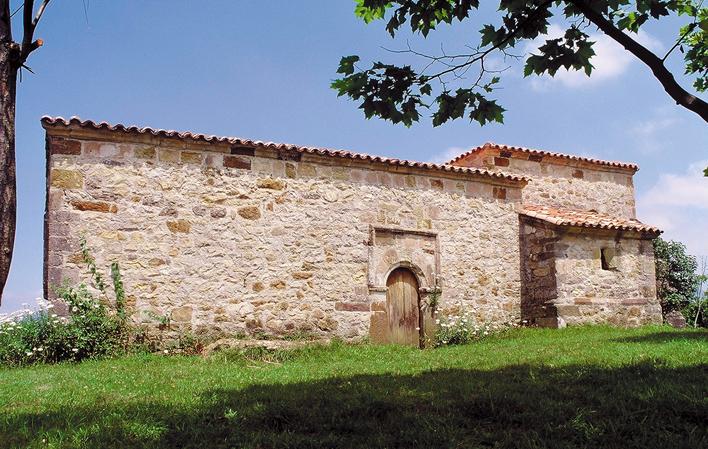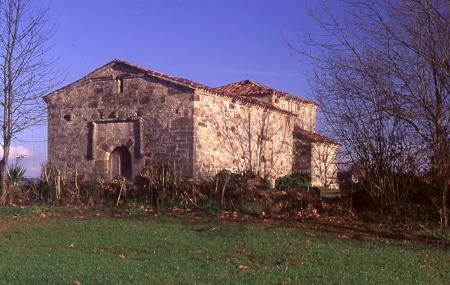
Church of San Martín de Escoto (Sotu)
- Title Parres Eastern Asturias
- Address Address: ■ 33585 - Llames
- Period Period: 16th century
- Management Management: Ecclesiastical
Info
Located in the vicinity of Sotu, within the old reserve of Llames, the church of San Martín de Escoto was built in the middle of the 16th century, with materials from the church of the female monastery of San Martín de Dueñas, dissolved the previous century due to the nuns' relaxation.
The church as we know it today underwent several alterations and additions, offering a heterogeneous appearance with reminiscences of various periods. The church is historically related to the monastery of San Martín de Soto de Dueñas, occupied by Benedictine nuns who were transferred to the nearby monastery of Villamayor (Piloña). Subsequently, the monastery was occupied by Cistercian monks from Valdediós, and finally became part of the dominion of the monastery of San Pelayo de Oviedo/Uviéu in 1530.
This abandonment led to the ruin of the monastery, but part of the remains of the building were used in the construction of the church of San Martín in the 16th century.
The layout of the floor plan is common to rural Romanesque churches: a single rectangular nave, covered with a wooden gabled roof, and a square chancel with a pointed ribbed vault (a vault that may correspond to a Gothic construction phase, 14th and 15th centuries). The decoration shows the confluence of successive styles. The capitals of the triumphal arch are decorated in the classical Romanesque style of the 12th century, in the shape of a truncated pyramid with palm leaves arranged in separate bundles, resembling grooved arches.
The main chapel is more crudely decorated, although it was built about two centuries later. The ribs of the vault rest on corbels decorated with anthropomorphic figures and animals.
The chapel of Santa Lucía, with examples of popular painting, is accessed from the chancel. In the barrel vault with which the chapel is covered, there is a rather archaic representation of Christ in majesty. Two borders with cherub heads separate this figure from the chapel walls: the western one depicts Saint Lucy and the eastern one the burial of Saint Martin. These paintings are in very poor condition.
The walls of the church are thick, made of masonry, with ashlars at the corners and buttresses that reinforce the chancel. There are few windows. The two semicircular doorways are decorated with moulded alfiz resting on corbels and anthropomorphic figures.
The church of San Martín de Escoto, in Llames de Parres, was restored by the Regional Ministry of Culture in 1985 and declared a Historic-Artistic Monument.


